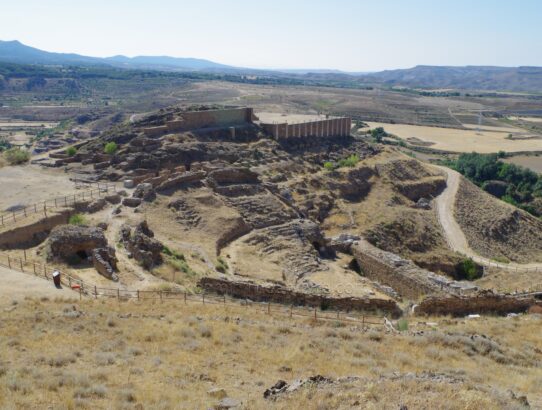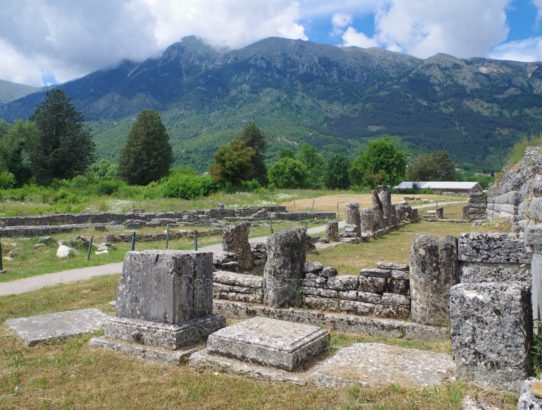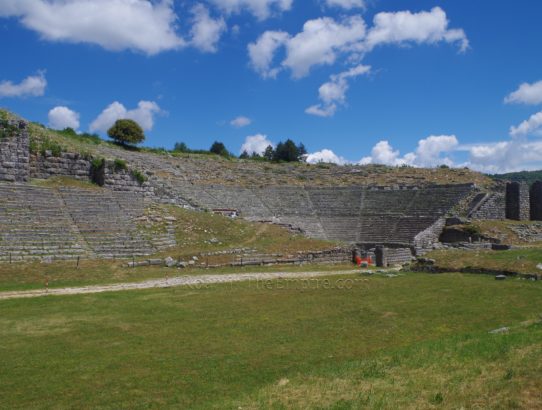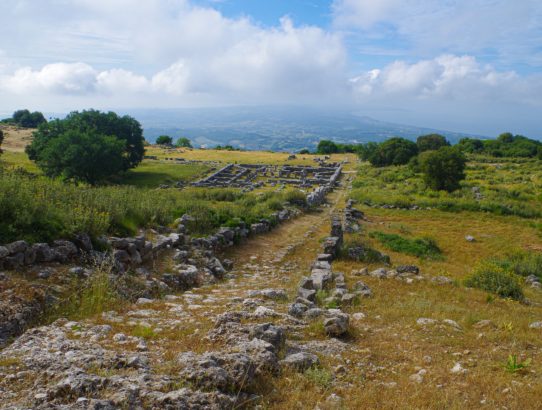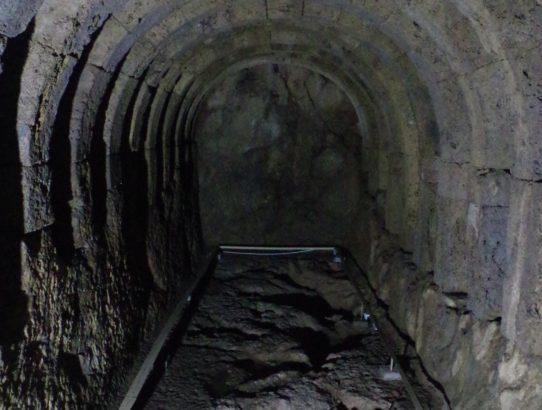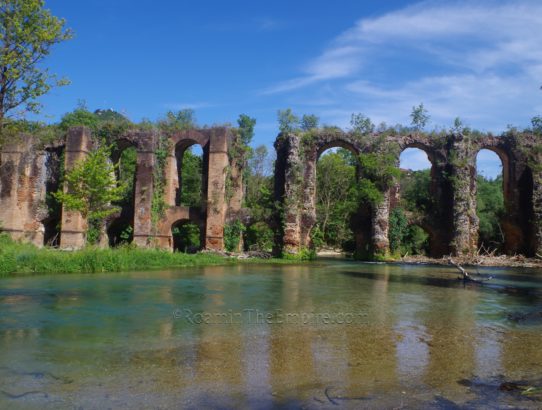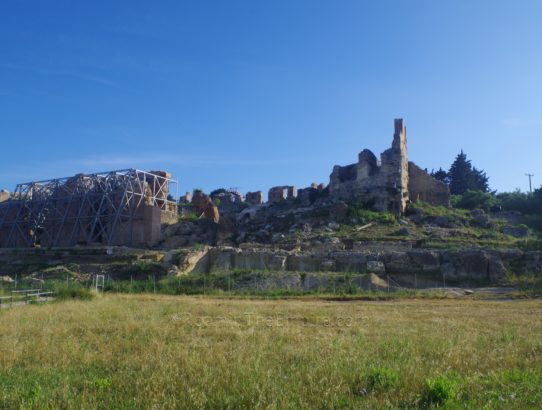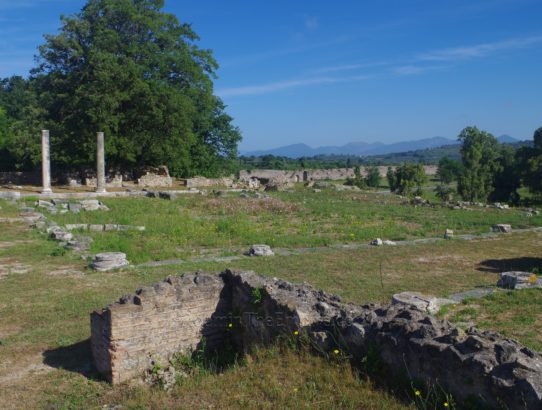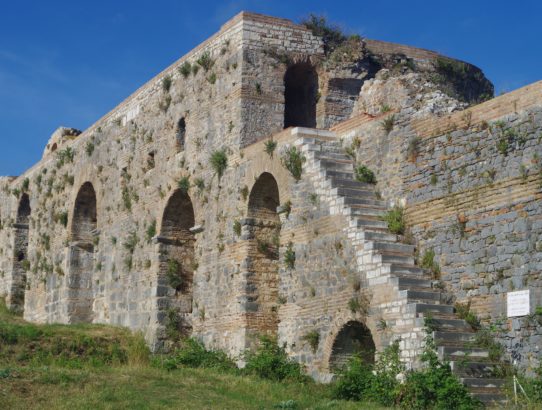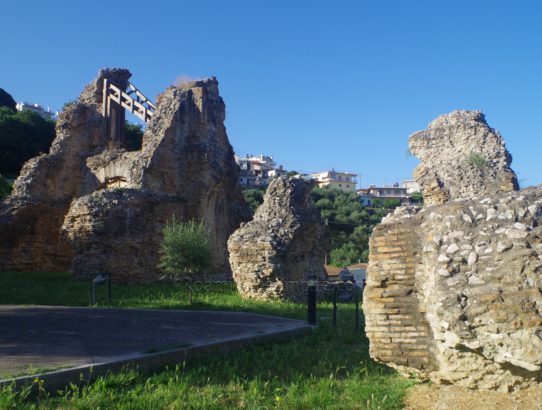Augusta Bilbilis, Hispania Tarraconensis – Part I
Most Recent Visit: July 2022 Perched on a hill overlooking the plain of the Salo (the modern Jalón River) an important tributary of the Iber (the modern Ebro) near the junction with the Birbilis (Jiloca River), about 100 meters above the plain, sits the remains of Augusta Bilbilis. Prior to the arrival of the Romans,…
Read More


